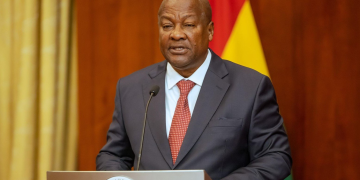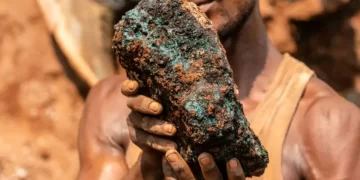YouTube released a report on Tuesday highlighting the significant impact of the creator economy. According to research by Oxford Economics, YouTube’s creative ecosystem contributed over $55 billion to the U.S. GDP and supported more than 490,000 full-time jobs.
When YouTube refers to its creative ecosystem, it encompasses not only creators but also individuals who collaborate with them—such as video editors, assistants, and publicists—as well as employees of creator-oriented companies like Patreon and Linktree.
These figures reflect continued growth, even as venture capital investment in the industry has decreased compared to four years ago. In 2022, YouTube and Oxford Economics reported that its creative ecosystem generated about 390,000 jobs and contributed over $35 billion to the U.S. GDP, indicating that the 2024 numbers have increased by 100,000 jobs and $20 billion.
These substantial figures are due to YouTube providing some of the most consistent and lucrative opportunities for creators. Those eligible for YouTube’s Partner Program can earn 55% of ad revenue, which can translate to several thousand dollars a month for mid-tier creators, unlike platforms like TikTok and YouTube Shorts, which have struggled to monetize short-form content effectively.
ICYMI: Premier League title race culminates in a single Saturday with multiple crucial matches
As a rapidly growing yet often misunderstood sector, creators have been advocating for better support from American institutions, including banks and the government. Many creators face challenges in qualifying for business credit cards or loans, despite their financial stability.
This situation has garnered attention, prompting U.S. Representatives Yvette Clarke (D-NY) and Beth Van Duyne (R-TX) to establish a bipartisan Congressional Creators Caucus aimed at recognizing and supporting the potential of the creator economy.
SOURCE: TECH CRUNCH



























